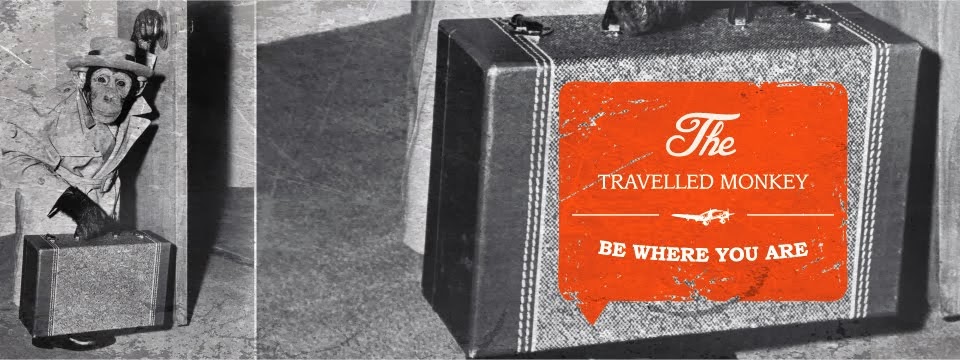ENG 1110, Fall 99
Instructor A. Williams
Art Museum Visit Response
10-05-99
.jpg) |
| La Manneporte by Claude Monet |
“And there, John, lies the problem with reproduction,” Berger says persuadingly. Wasting no time at all we come to Claude Monet’s ‘The Manneport’ during our recent trip to Boston’s MFA, “Do you see here how he paints short choppy waves crashing turbulently along the rocky shore line? As if sensing the sea’s fury, Monet depicts a scene of watery uncertainty combating vigorously to make a mark in nature’s stoney shelter that will only be evident over time.”
“So Mr. Berger,” I ask my Marxist companion, “in your expert opinion, what exactly is the artist trying to evoke through this painting? I mean to say then, what emotions are represented?”
“Excellent question,” he quickly responds as if no pre-thought were needed. “If you are capable of it, try to image what was going on in Monet’s life during the creation of this piece in the year 1883. Monet would have been forty-three years old, a pivotal point in the lives of many great impressionists. Mixed emotions of hurt, despair, and confusion are poured over a long-standing, ever present degree of stability - emotions that affect all great men during mid-life.” He goes on by saying, “The images you see were meant as an aid to guide Monet through this period and, consequently, can be related to by educated men today.”
“Now how does the artist portray these emotions you ask?” I didn’t ask, “through a precise combination of dark colors navigating the water on an eerie course through a much brighter and impressive maze of permanent earth,” Berger continues. “In the painting of ‘The Manneport’ there is a complicity between the weather and the painter. This complicity includes both joy and sorrow. The stone arch marks the threshold between daytime and nighttime.”
“Do you then feel that Monet was successful in conveying his emotions through his art work?” I interject.
“The success was Monet’s,” blurts out Berger. “Anytime an artist can feel a significant emotional connection to his work, they are successful. I believe that his true intentions for this piece have been discussed and we’ve triumphantly matched Monet’s thinking. Let me ask you John, has our discussion influenced your personal perception of this particular piece?”
“Well Mr. Berger,” I confidently say knowing all along the debate which my comment would spark, “what I see is nothing less than a horse’s head reaching down to take a drink from some refreshing source of water. What the artist intended is unknown to me, and I do not feel it my place to second guess him. My personal perception is that a horse is drinking water. The water represents life and the action is peaceful. Success is Monet’s because of the many emotions and perceptions that his painting reflects; not because we can guess what was going on in his mind when he was painting.”
At that Berger disgustedly walked away from me.
-----
Postscript
Here's a picture of the same arch from the Monet painting. It looks even more like a horse's head in real life!
Back to article - Etretat: A place to remember
-----
Postscript
Here's a picture of the same arch from the Monet painting. It looks even more like a horse's head in real life!
 |
| La Manneporte, Etretat Photo by John Weaver |

No comments:
Post a Comment